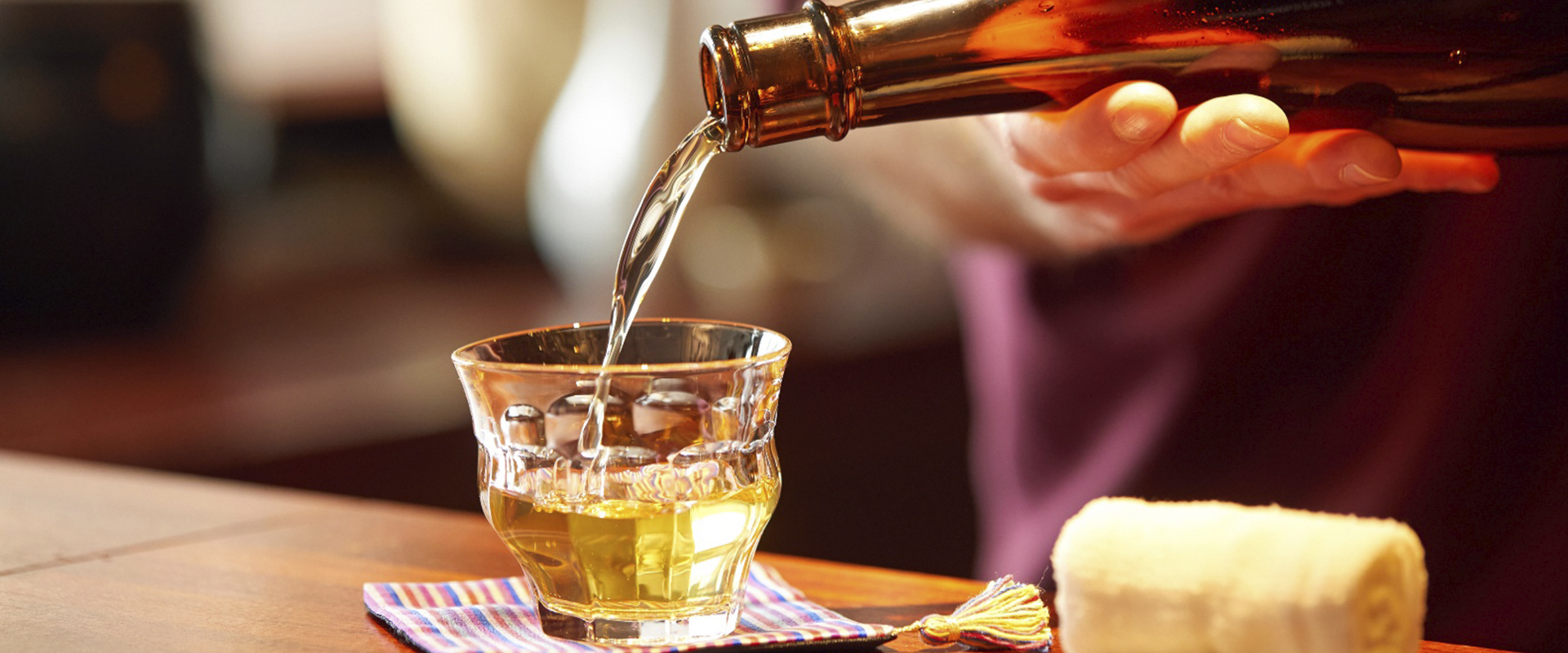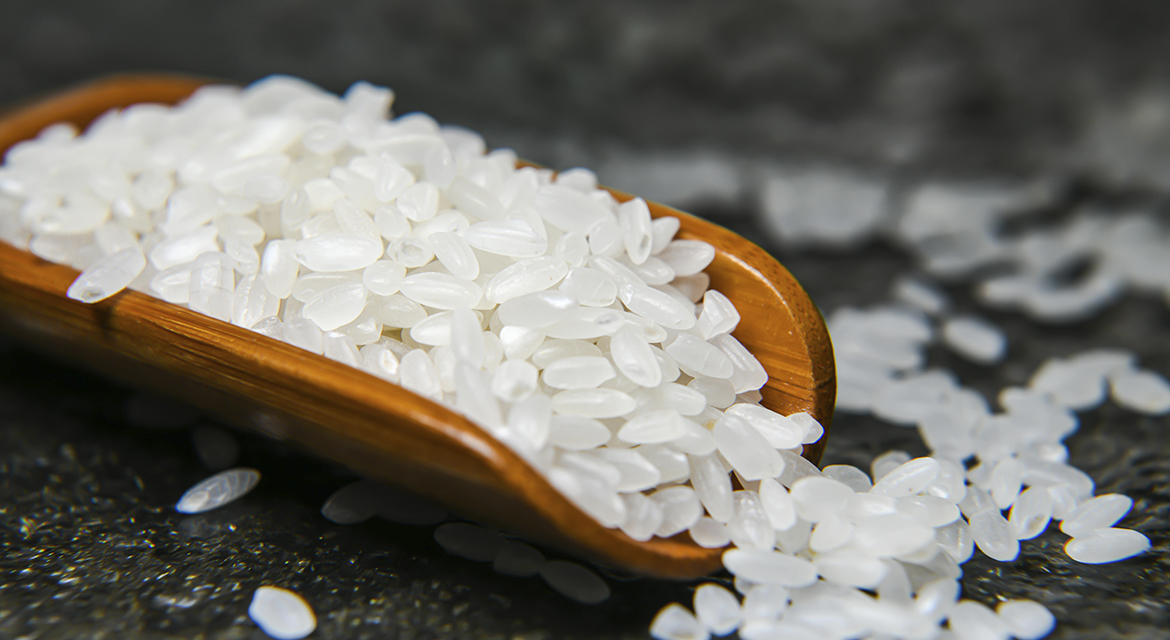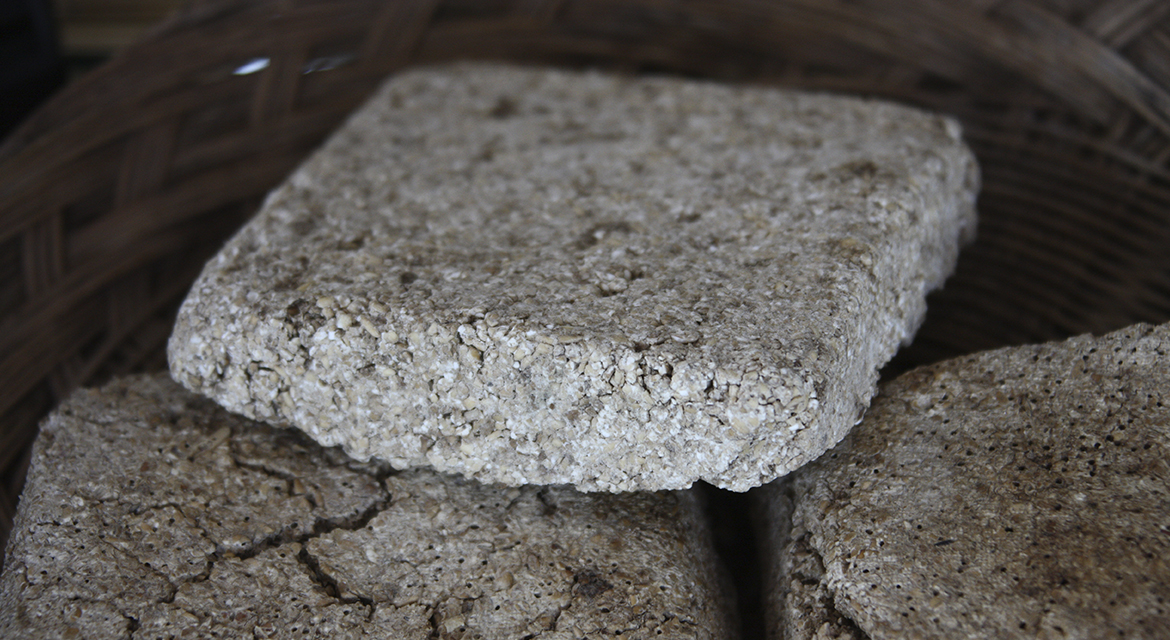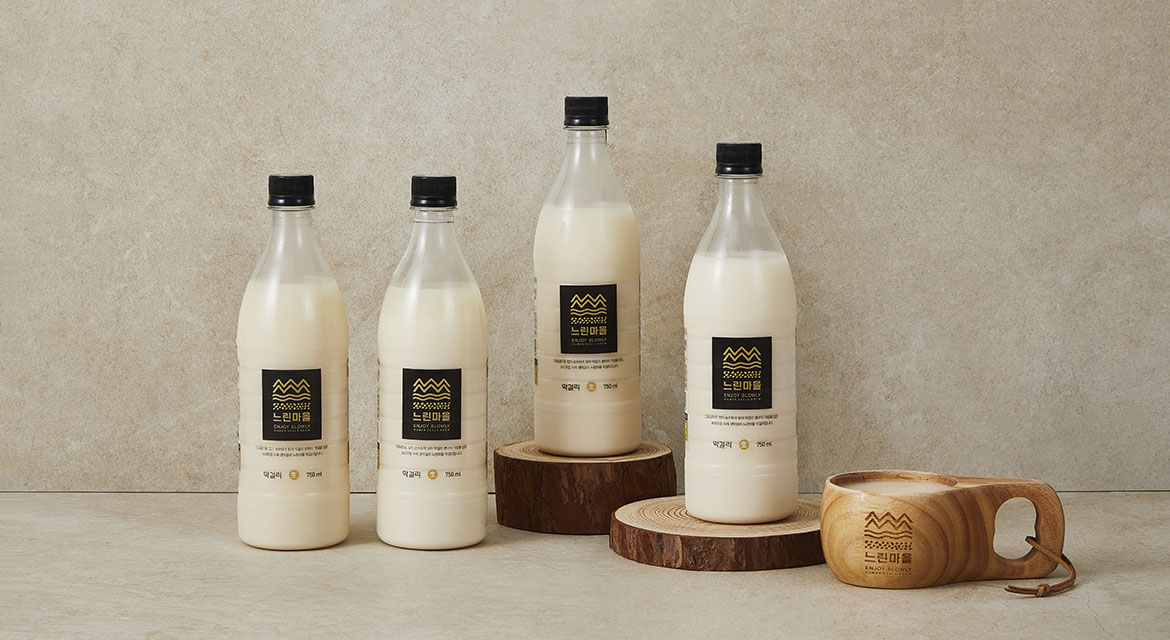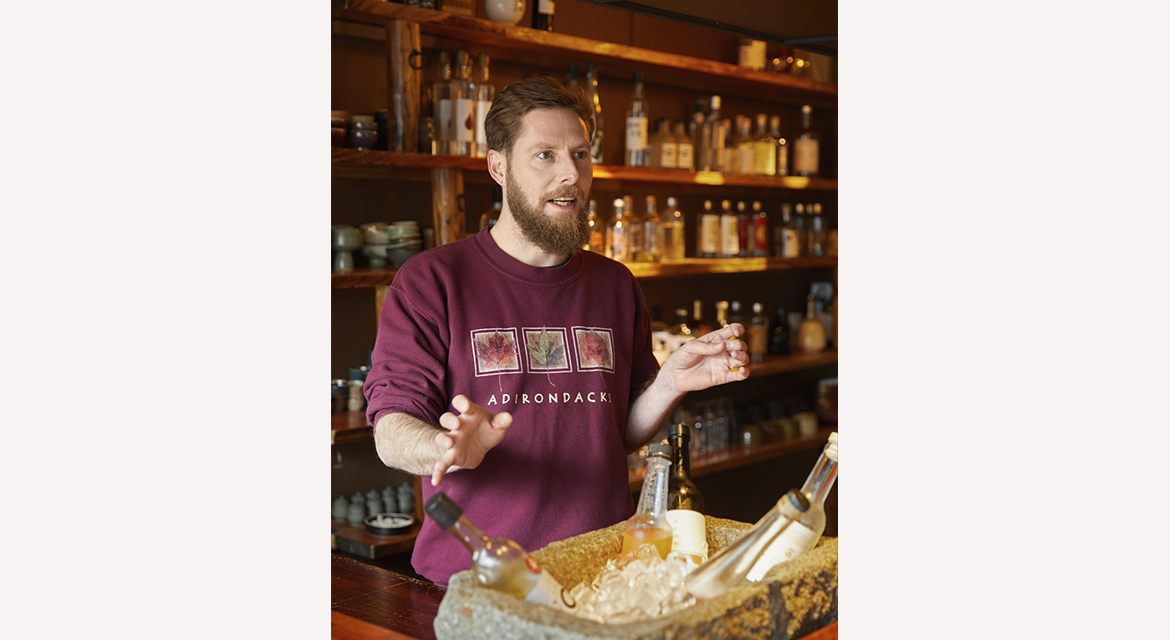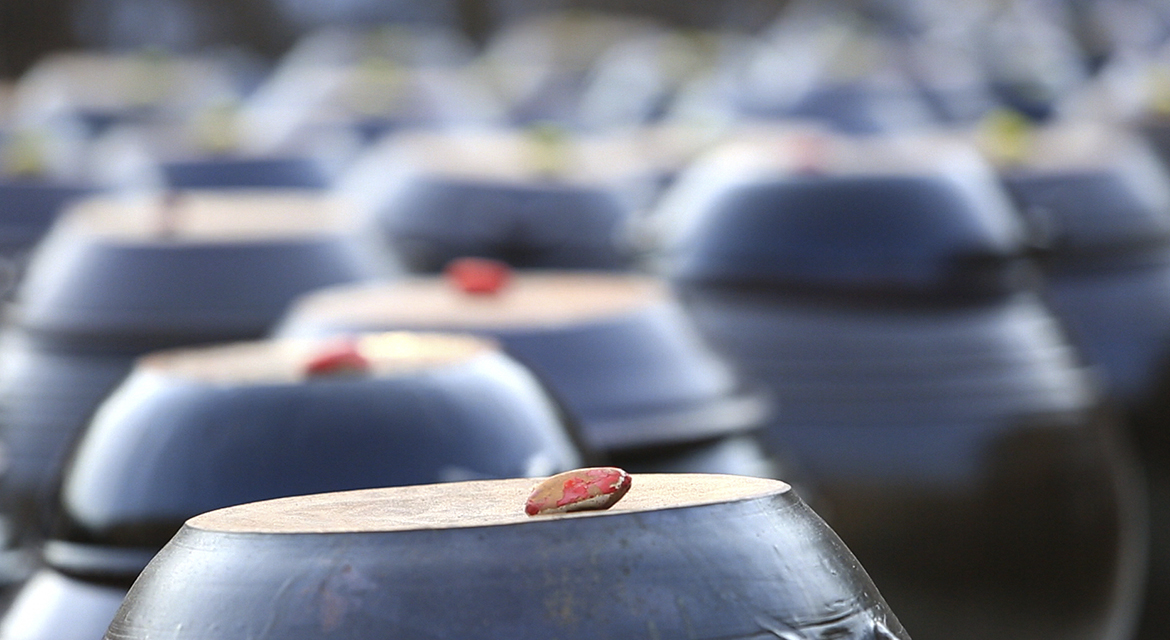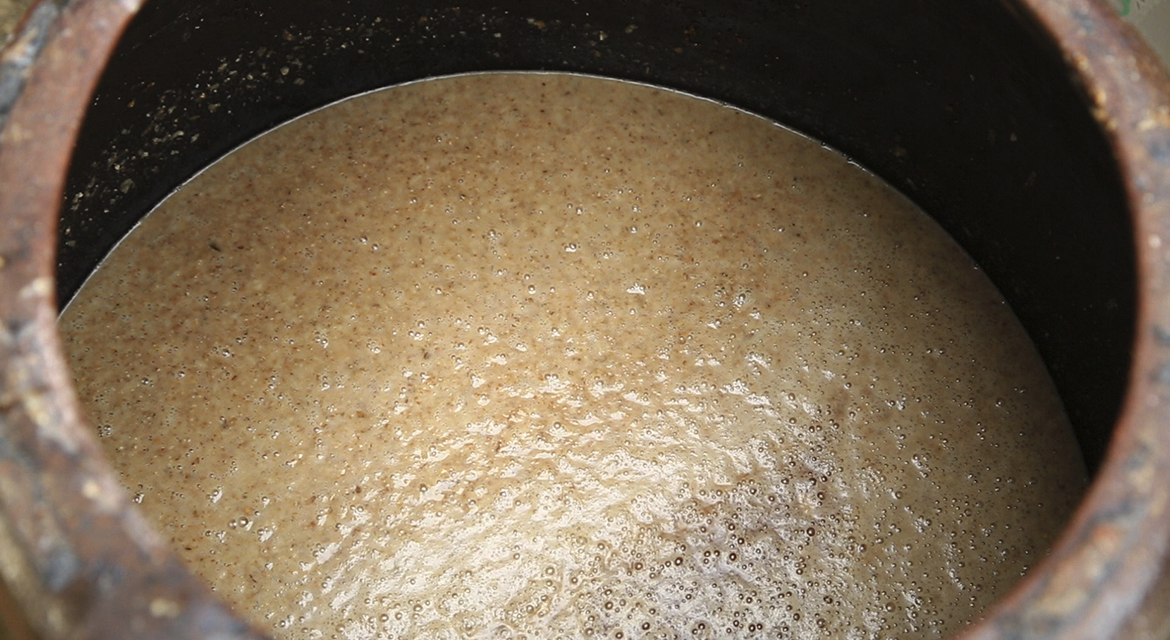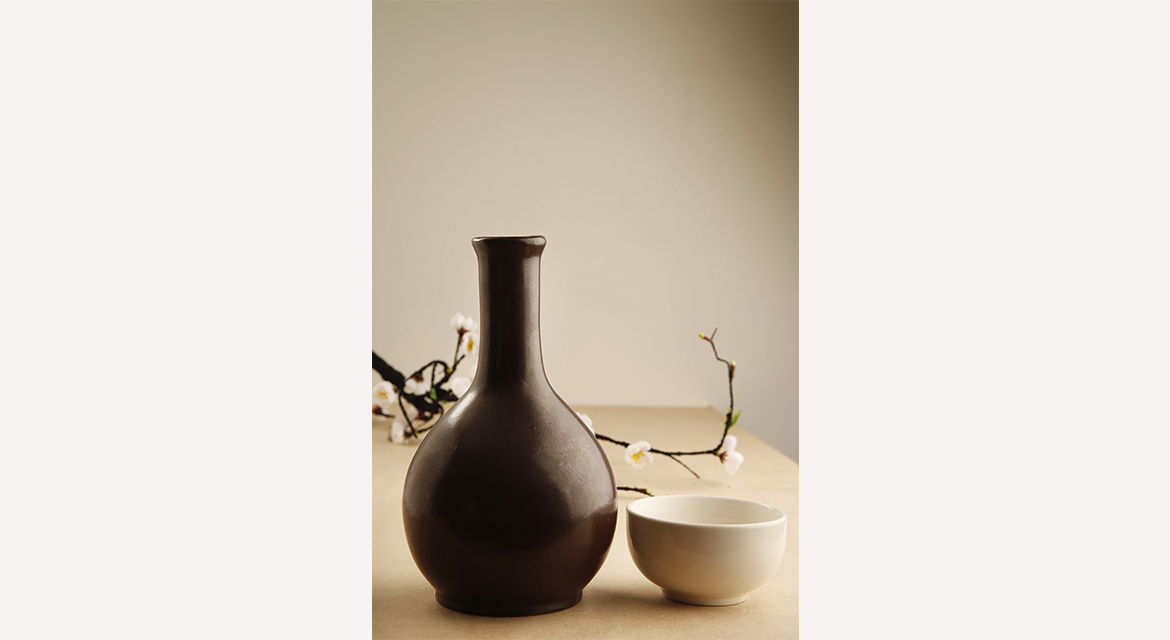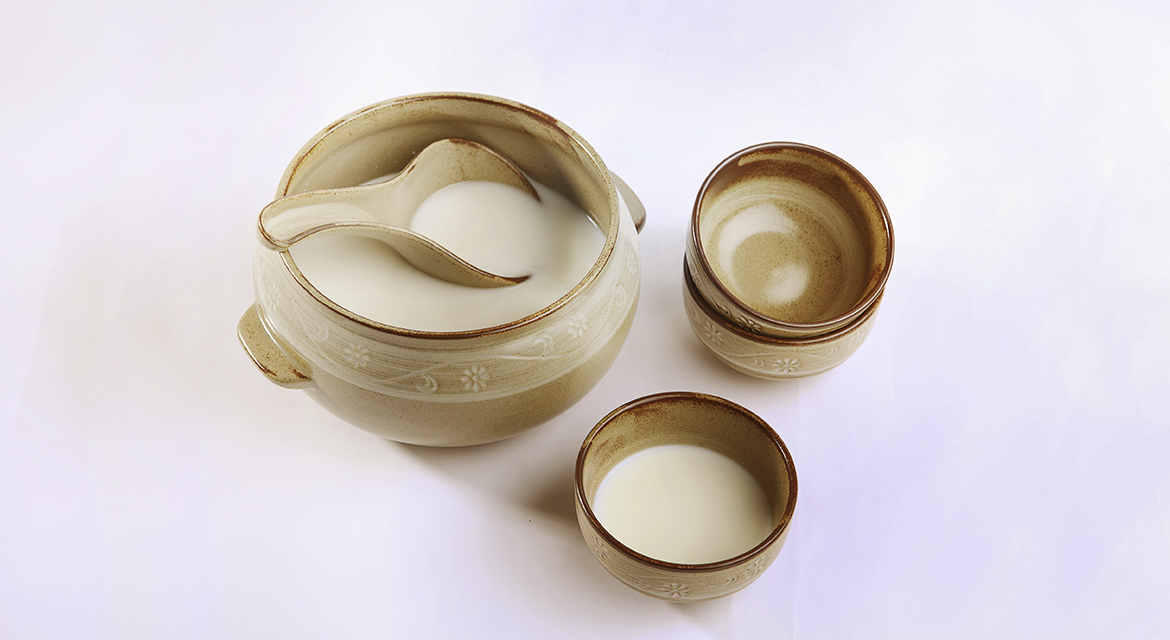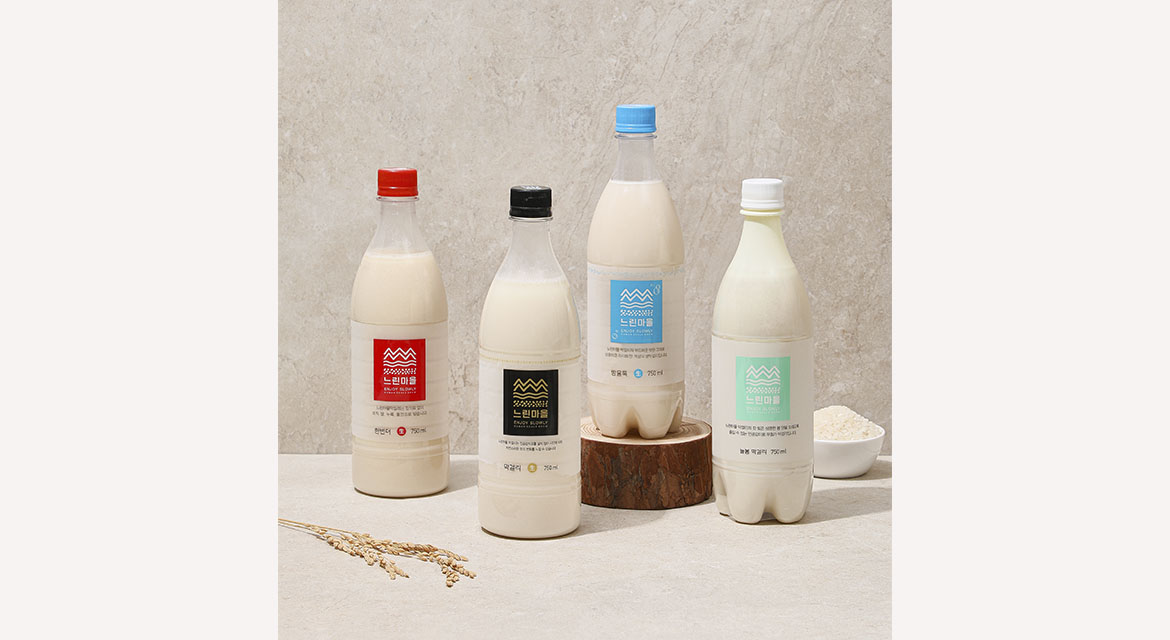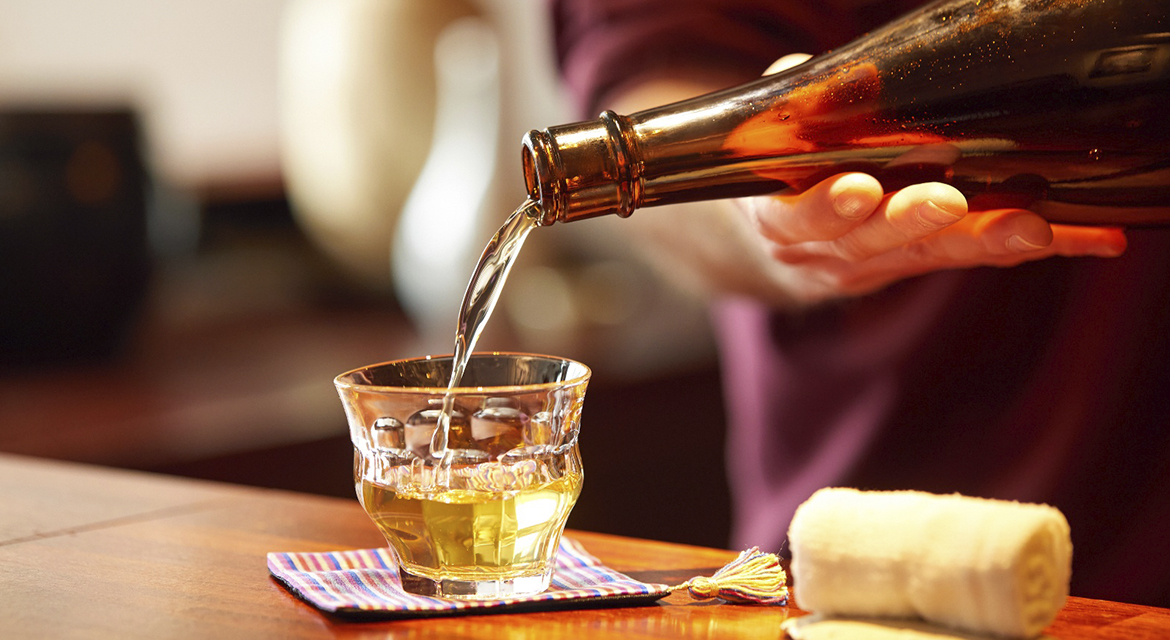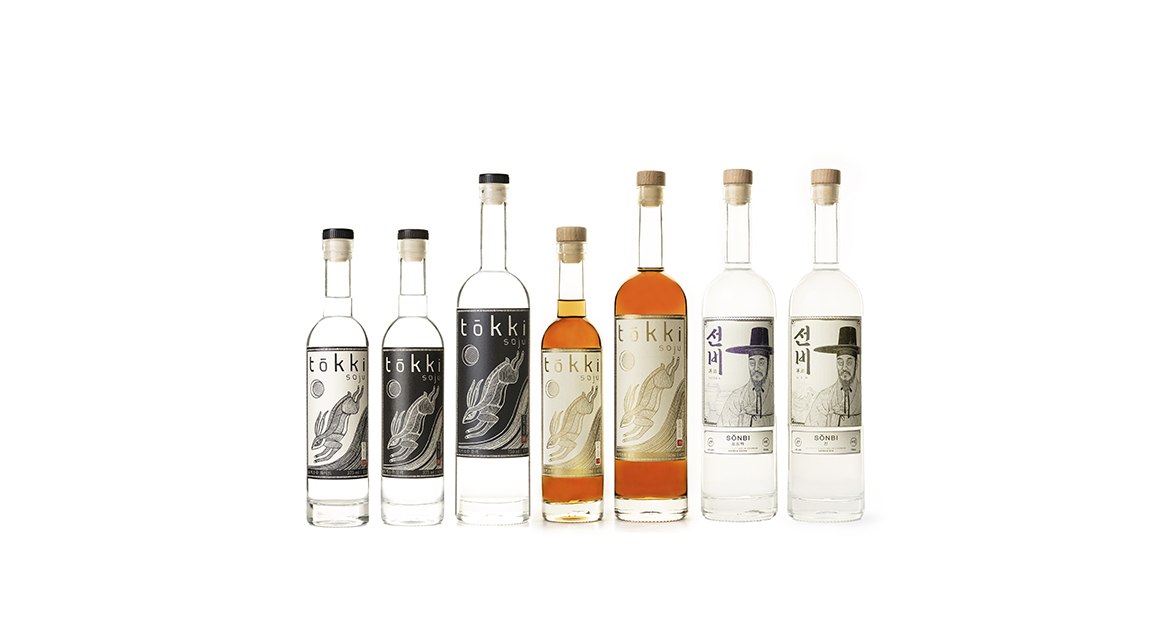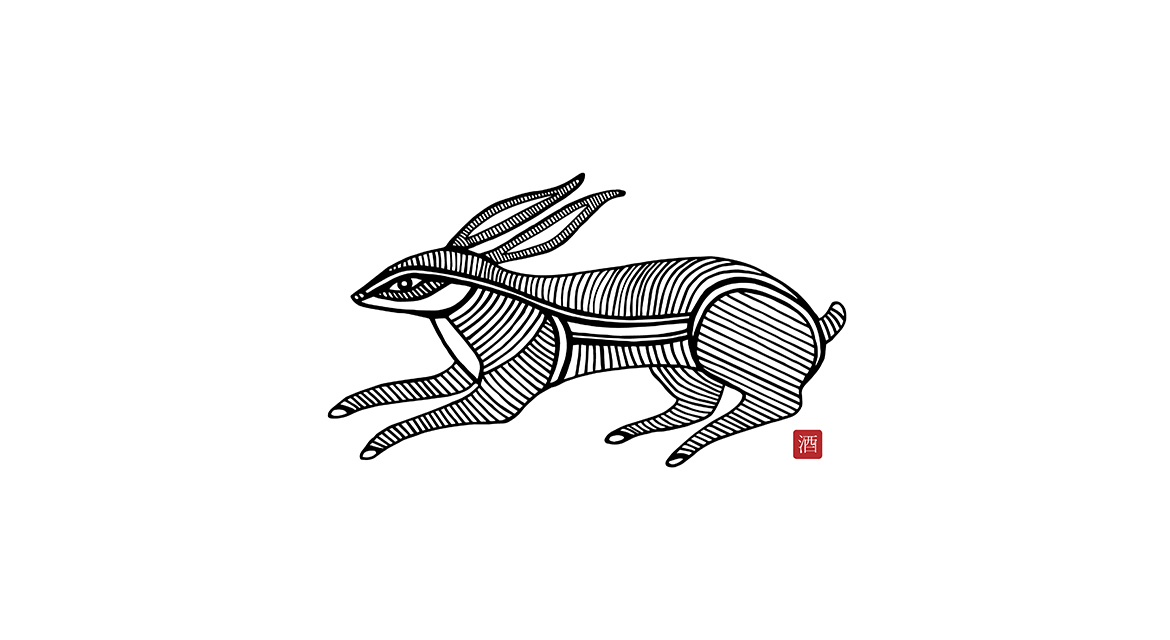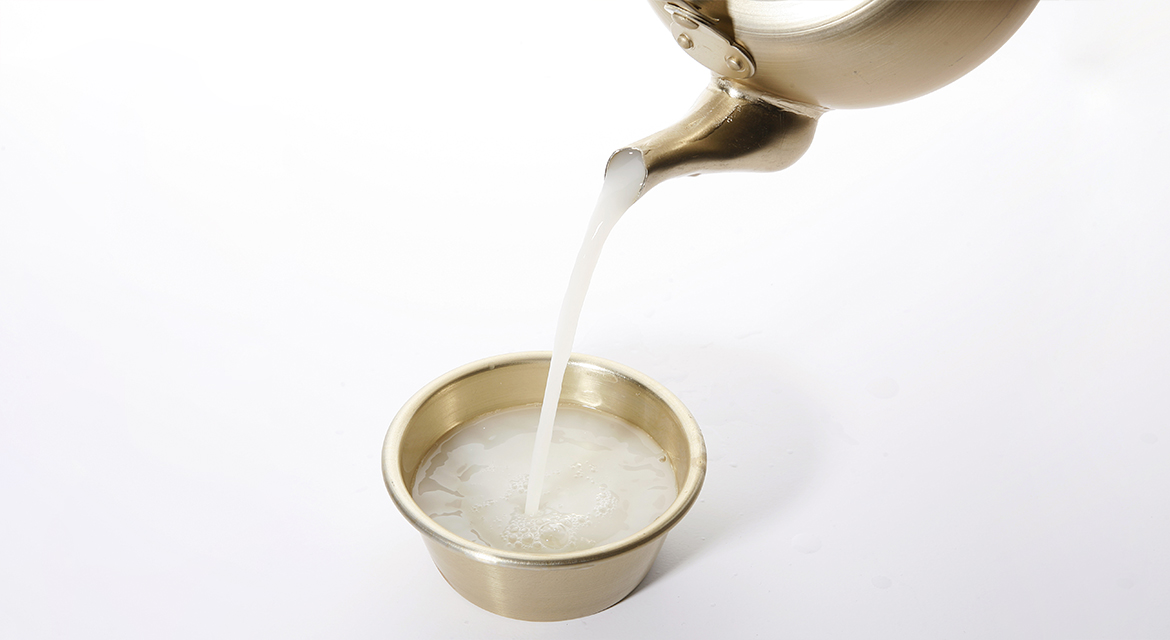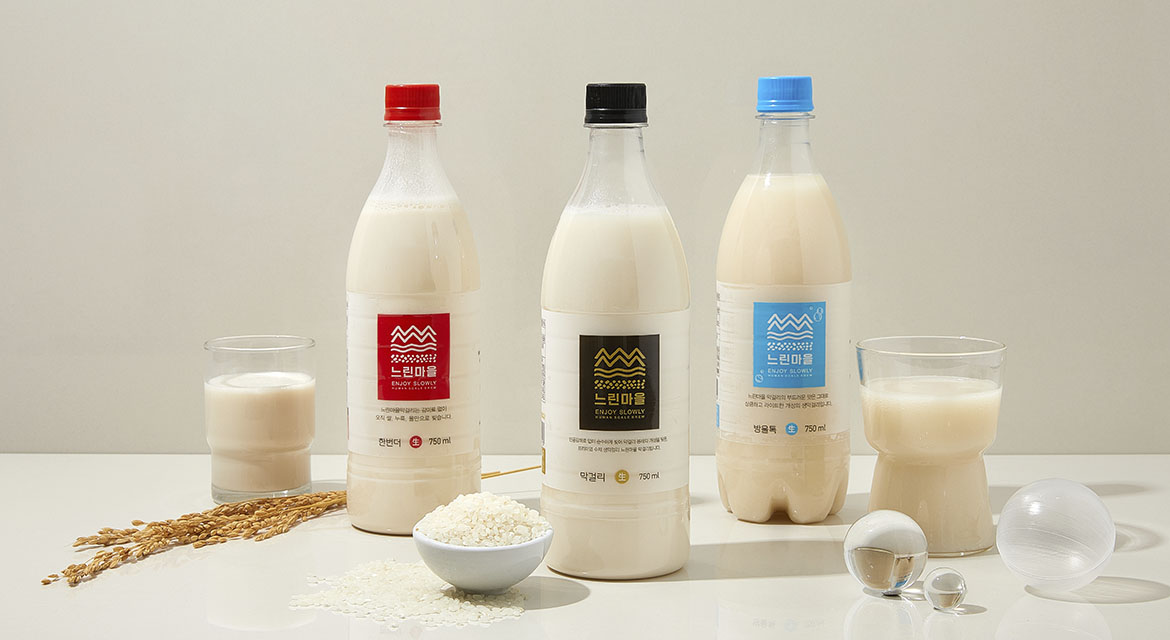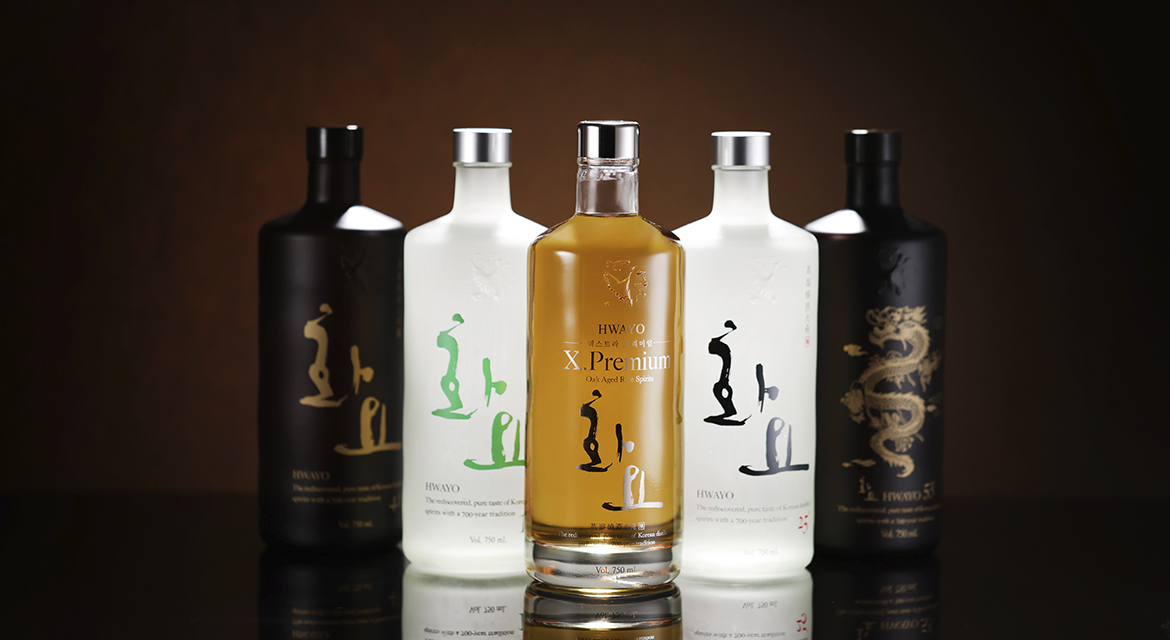Hyundai Worldwide Global Navigation
- Go to Global Distributors page
- KR
-
SearchRecommended search terms
Editorials Sool Searching: Discovering the Depth of Korea’s Spirit Scene
Please use Safari to download the files.
If you travel across Korea’s vibrant landscape, from quaint villages to bustling cities you’ll find passionate artisans working to perfect the art of sool (술) making. The many different types of sool – or alcohol, in Korean – use native ingredients and time-honored techniques from Korean Grand Masters, who bring a unique balance of talent, craft and experience to deliver something exceptional that’s sweeping the global scene.
These beverages embody the essence of tradition and, increasingly through new, emerging trends, Korea’s quest for innovation.
Soju (소주) is Korea’s most beloved – and probably most famous – sool and is poised for global acclaim; in fact, it’s the fastest-growing spirit in the world right now, according to International Wine & Spirits Research.
However, soju isn’t the only ‘K-spirit’ worth discovering. Connoisseurs of Korean food and beverage culture should also seek out makgeolli (막걸리) – a type of takju (탁주), or cloudy liquor – and cheongju (청주), which is clear. Together, these tipples reflect the ever-evolving K-wave.
All three of these deliciously different drinks come from the same origin: rice. Traditional methods of making soju, makgeolli and cheongju are deeply rooted in Korean history, and each uses native ingredients and time-proven processes, reflecting centuries of cultural refinement.
There are key differences, however. While all are fermented – with makgeolli a lightly sparkling cloudy rice wine often between 6-11 percent ABV in strength and cheongju a stronger, filtered drink more like Japanese sake – soju is stronger still and distilled (hence the translation “burned liquor”, referencing the heat of distillation) following fermentation.
“If wine has grape varieties and terroir, sool has nuruk and recipe ratio,” says Dustin Wessa, a certified Korean spirits sommelier and owner of Namsan Sool Club (남산술클럽), one of the trendiest bars in Seoul, offering 100 varieties of premium sool.
Nuruk (누룩) is a traditional Korean fermentation starter made from cracked wheat, barley or rice flour that’s moistened and then pressed into an organic puck-like form. Size, shape and thickness vary by region and season, while the plant type and harvest timing determine the wild enzymes and yeasts that colonize the nuruk, influencing the flavors and characteristics developed during fermentation.
This method, refined over 600 years, often involves single-run distillation and aging in unglazed clay pots (hangari, 항아리). The result? Three iconic beverages, each starting similarly simple ingredients but diverging in character through different techniques.
While soju’s roots are historical, modern trends and less traditional production methods mean more popular varieties are now not quite as alcoholic as they were. And while many modern sojus have a neutral flavor profile, making them an excellent base for cocktails or even for infusion with flavors like peach or apple, traditional Andong or more premium soju is still a true Korean delight to be enjoyed neat.
“The layers and depth of expressions you can achieve with a high-end soju can be revelatory,” Wessa says. “That sip of sool will bring you back to a state of wonder.”
Alongside soju, makgeolli’s popularity is just as strong in Korea. This unfiltered rice wine has a milky, off-white appearance and is made by fermenting a mixture of rice, water and nuruk, giving its trademark slightly fizzy texture and sweet, tangy flavor.
There are many traditional makgeolli villages and regions renowned for producing specialist varieties or styles, but just as makgeolli is steeped in tradition, like soju, it’s also been the target for touches of innovation from new generations.
“Makgeollis have seen a lot of infusion experimentation over the last few years, including passionfruit, pine nuts and lychee,” Wessa says. “Infusion has been around forever, and international ingredients have provided a fun plot twist.”
This has led to a trendy, upscaling of the product, with many new makgeolli brands emerging. It’s a factor that has swept up soju and cheongju too, with producers creating dynamic, design-led packaging, including funky-shaped bottles and slick labels to attract the attention of younger generations.
One player that isn't new to the game is Baesangmyun Brewery, founded in 1996. Its Slow Village Makgeolli (느린마을막걸리) brand offers a range of premium, artisan products and is widely available, with the brewery also producing other Korean sools and offering an authentic taste of Korean culture.
Like makgeolli, cheongju is a rice wine – but unlike its cloudy cousin, this clear liquor is a filtered drink that boasts a crisp taste with delicate floral and fruity notes. It’s traditionally consumed during important ceremonies and festivals, symbolizing purity and auspicious beginnings.
This more refined flavor profile is linked to its historical status, as cheongju was traditionally enjoyed by Korean high society, and its production and consumption were signs of cultural sophistication.
While the cultural significance remains today, with many different classifications of rice wine falling under the umbrella of ‘cheongju’, these myriad variations known for their clarity – some flavored with the likes of ginseng, lotus leaves, chrysanthemum and many more natural ingredients to produce delightfully distinctive drinks – are appreciated for their smoothness, subtlety and sophistication. Like wine, high-end, aged varieties cost hundreds of dollars per bottle due to their labor-intensive production.
While soju has remained popular in various forms, artisanal Korean alcohol has cast off old connotations and these drinks are making a comeback – in a big way. This renewed interest has spurred a renaissance in the art of traditional Korean brewing.
The sool industry has seen significant transformations and has evolved from local to global as the world has woken up to Korean beverages. This thirst has inspired premium producers to emerge and grow the scene thanks to the use of high-quality ingredients and technical mastery to create refined products that have gained a following outside of Korea.
The peninsula’s once small craft sool industry was given a boost as makgeolli became popular in Japan, while in the U.S. soju brands like Tokki and West 32 have taken off thanks to their focus on quality and craftsmanship – not to mention celebrity endorsements of other brands driving popularity in Korea.
A keen observer of the global sool scene, Wesse says he’s seeing strong interest not only in the U.S., Europe and Japan, but also in Singapore, Hong Kong and even as far as Uganda.
This international interest is further driving innovation. Recent years have seen a surge in innovative developments within the Korean alcohol industry, with flavor experimentation, more premium products and celebrity-owned brands all emerging.
There is a growing market for these high-end, traditional aged liquors. New craft sojus are emerging using premium rice and pricier production methods. Similarly, makgeolli and cheongju breweries are reviving ancient recipes and techniques to produce upscale versions commanding higher prices – some cheongju producers are even barrel-aging their products to impart oaky, vanilla notes.
“Oak-aging sojus will explode in popularity here in the next year,” believes Wessa. He should know.
“The trend back to sool's roots and aging in non-glazed clay pots for extended periods is gaining interest. Trust me, the difference in taste is massive.”
People do innovative things with innovative products, and creative mixologists are coming up with new cocktails that use soju or makgeolli instead of Japanese sake, Mexican pulque, or Western standards such as vodka, gin or whisky.
The scene is exploding, and it’s not hard to see why. “The passion for sool bloomed from a first sip somewhere lost in the highlight reel,” Wessa says of his own journey with Korean drinks. “You know there’s just something about the depth of connection that craft culture produces. It will swallow you up if you let it in.”
Regardless of the setting or occasion, always drink responsibly. Never drink and drive.
Editor. Sean Carson
sean.carson@hyundai.com
Global PR Strategy & Planning · Hyundai Motor Company
Disclaimer: Hyundai Motor Group believes the information contained herein to be accurate at the time of release. However, the company may upload new or updated information if required and assumes that it is not liable for the accuracy of any information interpreted and used by the reader.
About Hyundai Motor Group
Hyundai Motor Group is a global enterprise that has created a value chain based on mobility, steel and construction, as well as logistics, finance, IT and service. With about 250,000 employees worldwide, the Group’s mobility brands include Hyundai, Kia and Genesis. Armed with creative thinking, cooperative communication and the will to take on any challenges, we strive to create a better future for all.
More information about Hyundai Motor and its products can be found at:
http://www.hyundaimotorgroup.com or Newsroom: Media Hub by Hyundai , Kia Global Media Center (kianewscenter.com) , Genesis Global Newsroom
